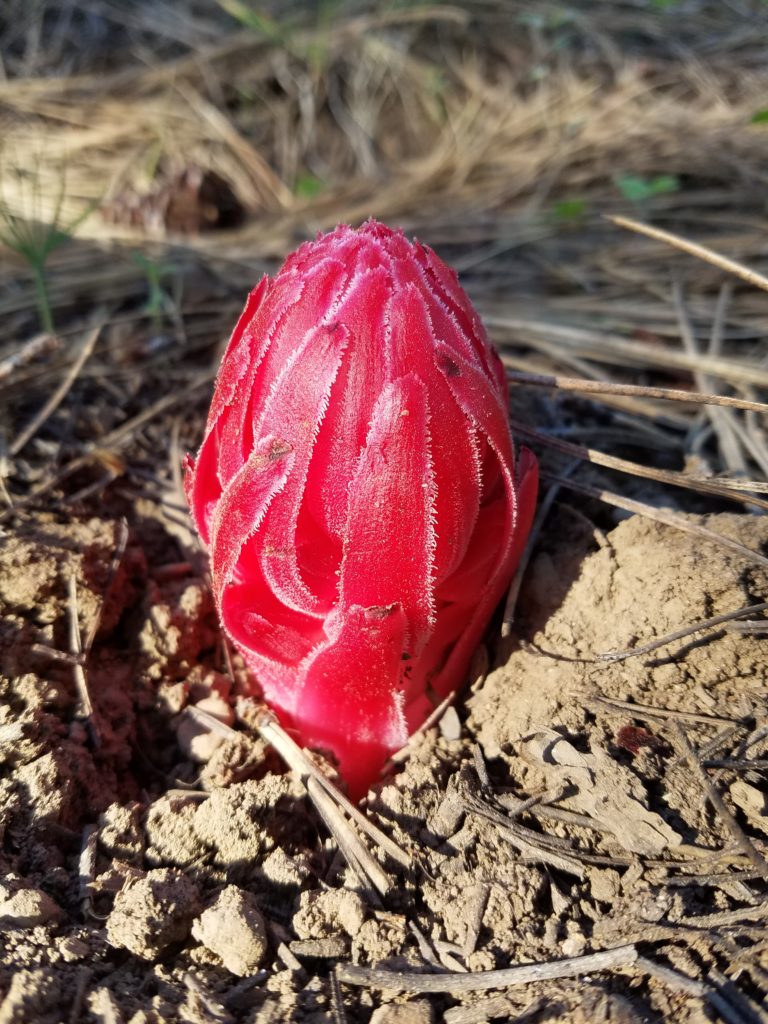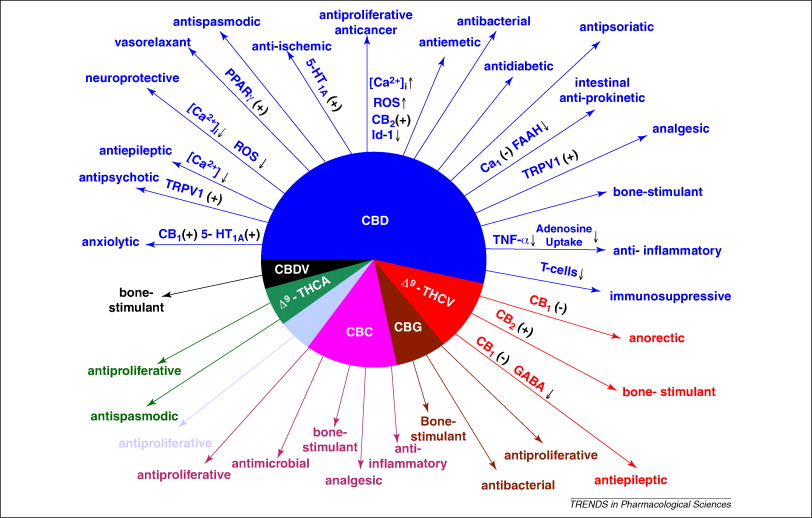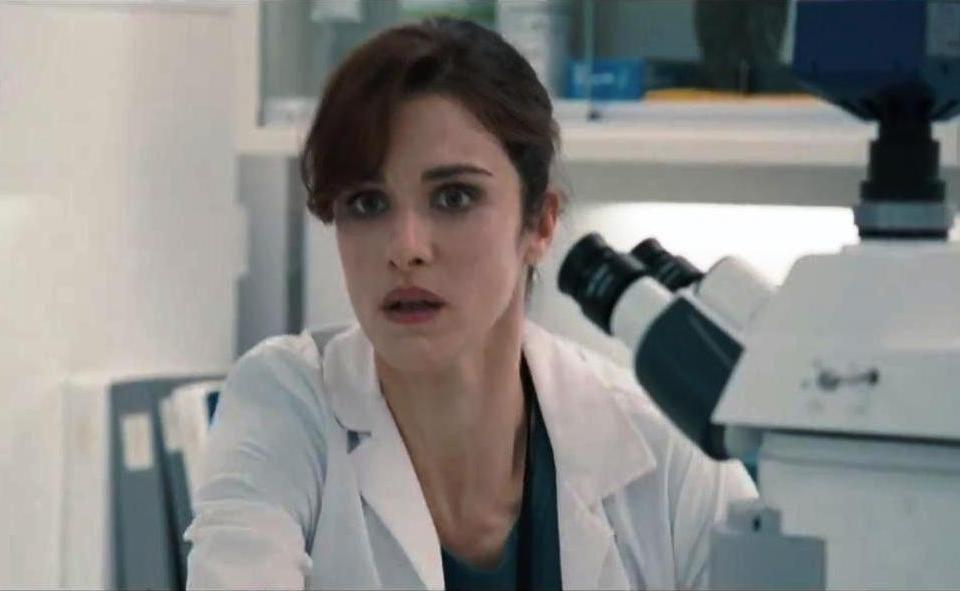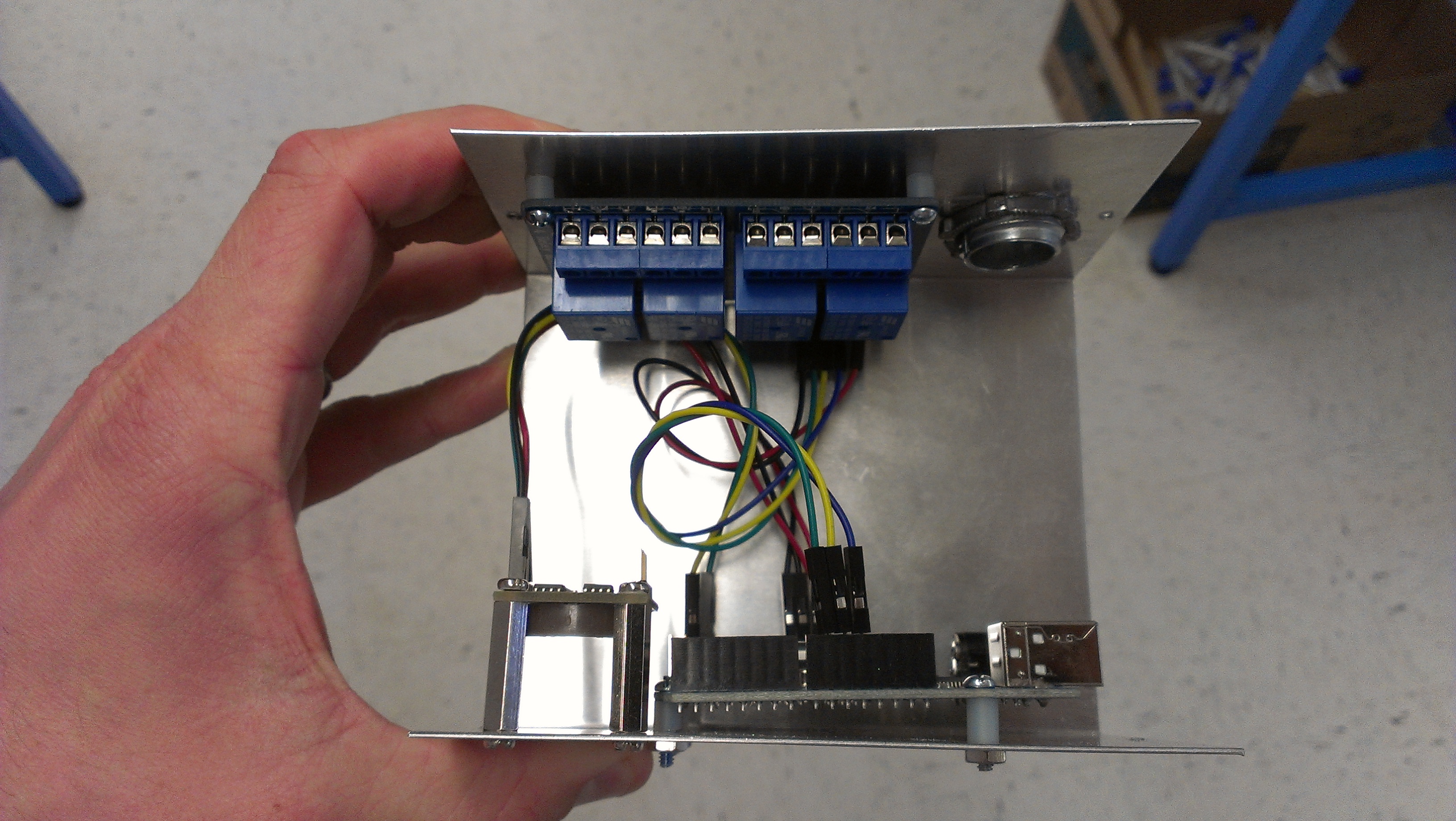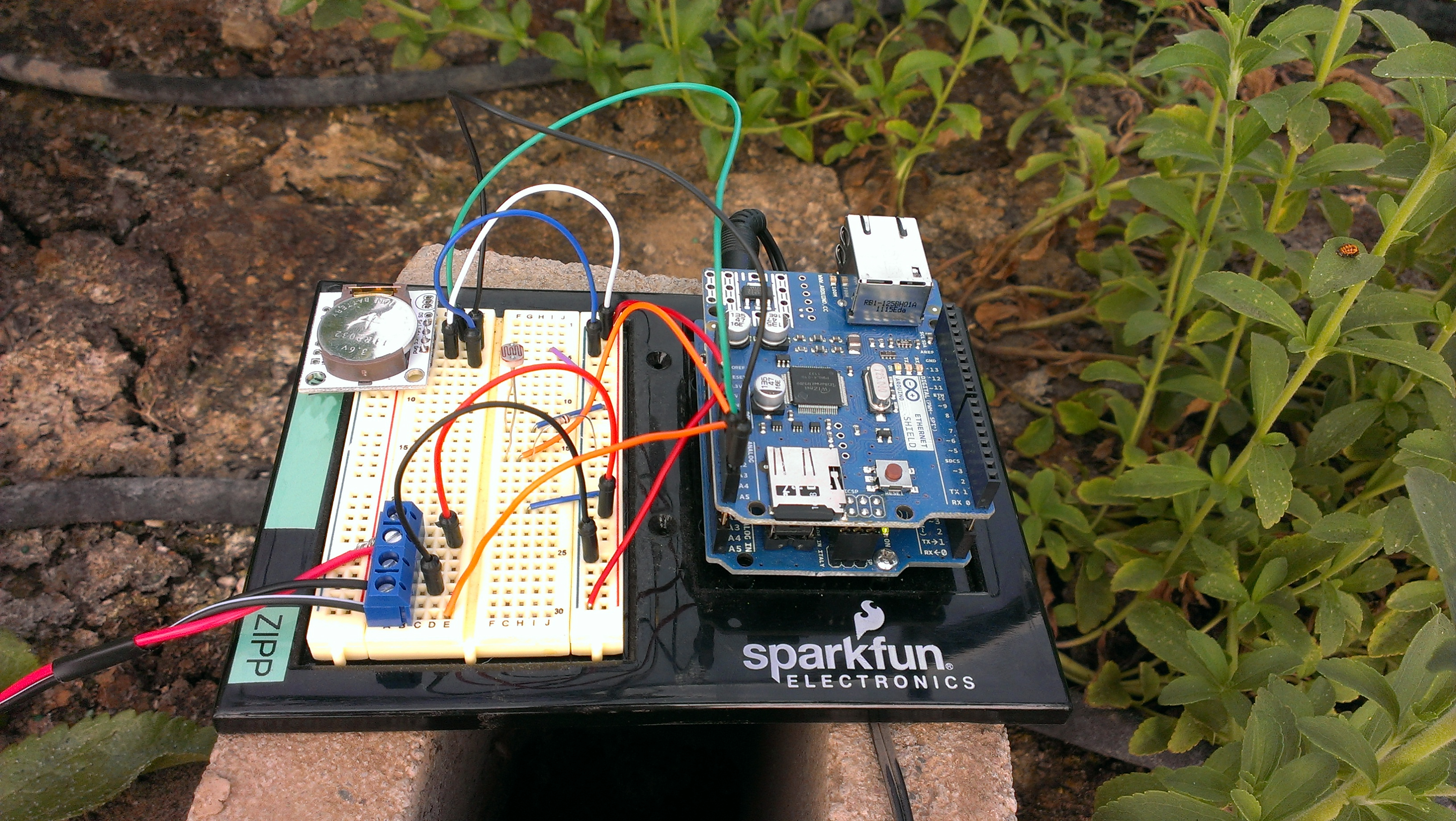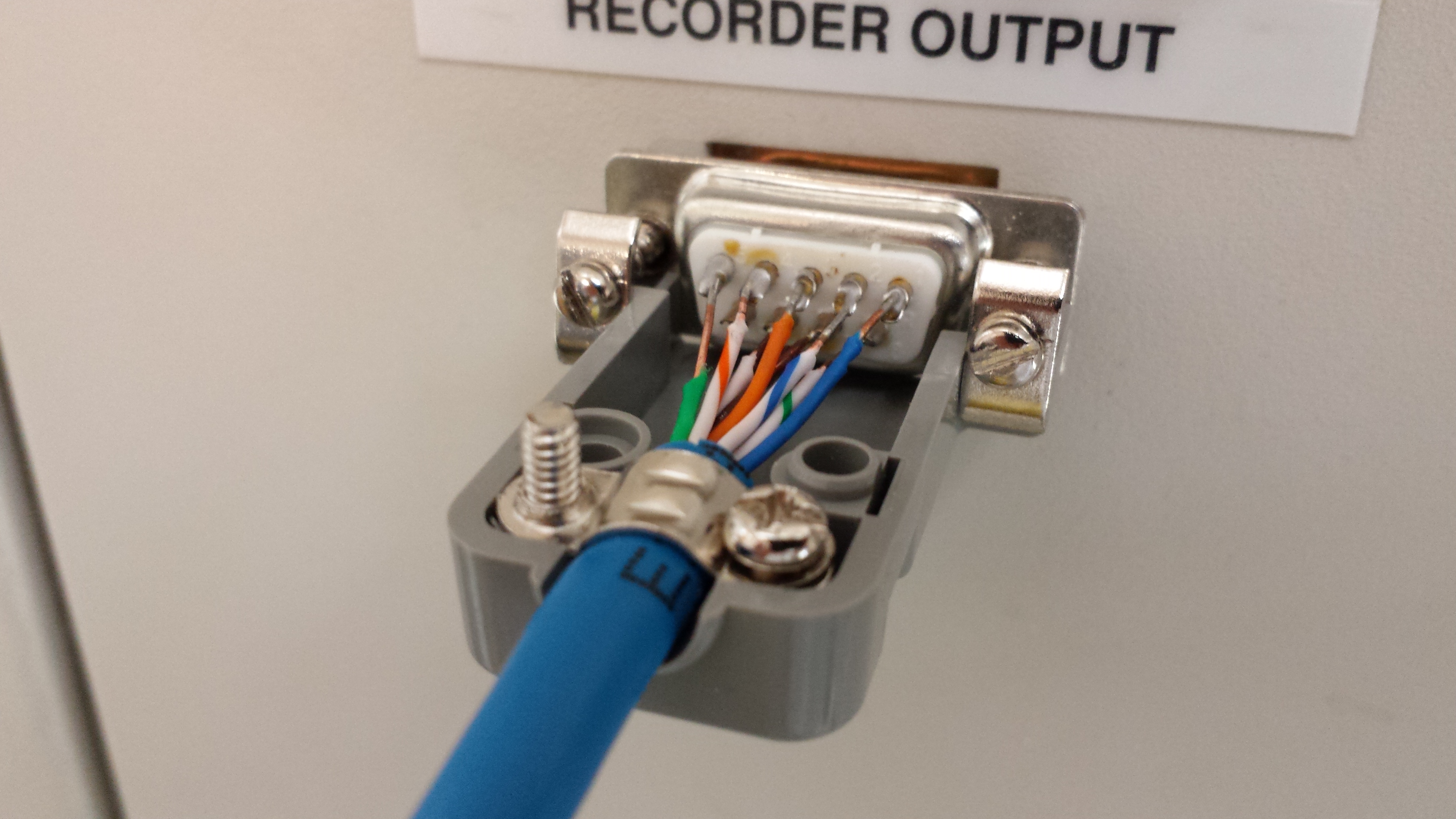
I have an opinion piece on Biohacking in the Innovation Edition of Comstock’s Magazine. As a scientist, I like things to be referenced and annotated, so here is my effort to support the claims and information included in the piece.
- Good intro to garage biohacking with Josiah Zayner : Link
- Article on Liz Parrish and her telomere self-experiment: Link
- Article on Brian Hanley and his personal gene therapy work: Link
- Article in Outside Magazine on Josiah Zayner with the FBI interview and comment: Link
- Self-administration of a HIV therapy on a home couch, while live-streaming on Facebook: Link
- Companies are offering RFID implant chips to their employees: Link
- The Open Discovery Institute, aka The Odin, DIY Bacterial Gene Engineering CRISPR Kit: Link
- Makerspaces that offer science classes and lab equipment for community based projects:
Oakland, Counter Culture Labs
Seattle, Sound Bio
New York, Genspace
Los Angeles, The Lab
A more complete list can be found over at DIYbio.org - Article on the rising cost of prescription drugs: Link
- An article on biohackers responding to the rising price of the EpiPen: Link
- The Four Thieves Vinegar Collective that is behind the EpiPencil, Daraprim synthesis, and is currently working on an at-home mini chemical reactor. Link
- A project to combat the high price of insulin: Link
- The Sacramento startup and science scene:
Hackerlab
UC Davis Venture Catalyst
HM Clause / UC Davis Life Science Innovation Center
Inventopia
As for a biohacking scene in Sacramento, there are currently two good resources for fledgling biotechs to get shared lab space with the HM Clause Innovation center and Inventopia, both linked above. But for hacking together ideas, teaching classes, or playing with DNA, Eric Ullrich over at Hackerlab has expressed interest in facilitating biohacking classes and even setup of some wet lab space. There is definitely energy around the idea in Sacramento, but it has yet to reach critical mass. The opinion piece in Comstock’s was intended to share the topic of biohacking with the broader business community in our region, but also to send up a flare to any other scientists that are interested in getting something going.
So if you are interested in setting up local biohacking meetings or joining up for some projects, shoot me an email over at biohacksac.org. Let’s make something happen!
-BZ

